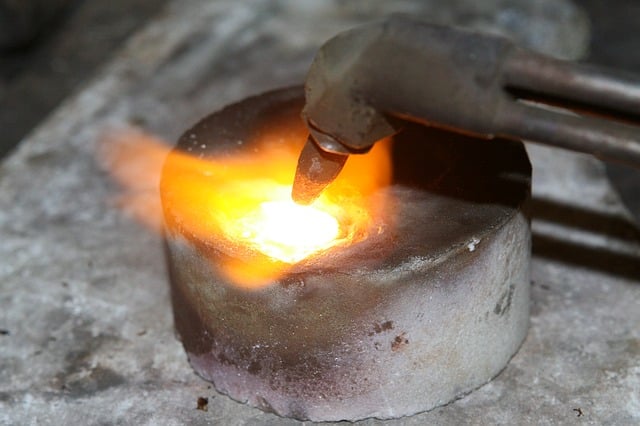
Acetylene is a very flammable hydrocarbon.
Acetylene is a concept that comes from the French acétylène . This word, in turn, is formed by acétyle (which can be translated as "acetyl" ) and -ène (the ending "-ene" ).
As you can see, it is possible to know more about the idea of acetylene by analyzing its etymological components. Acetyl is the radical that corresponds to acetic acid ; A radical, meanwhile, is a set of atoms that, in a chemical compound, acts as a unit and passes unchanged from one combination to another.
The ending -ene , for its part, refers in the field of chemistry to hydrogen carbides . It should be noted that carbides are combinations of carbon and metals.
What is acetylene
The etymology of acetylene refers to acetyl and is linked to radicals , carbides ... But what specifically is acetylene? It is a gaseous hydrocarbon that is characterized by its high flammability.
Hydrocarbons are compounds that arise when carbon combines with hydrogen. In the specific case of acetylene, it is generated when water (a substance formed by two hydrogen atoms and one oxygen atom) acts on calcium carbide .
Continuing with the classification of acetylene, we are dealing with an alkyne : an aliphatic (that is, non-aromatic) hydrocarbon that has CC ( carbon-carbon ) triple bonds . Also known as ethyne , acetylene has two carbon atoms and two hydrogen atoms, its molecular formula being C2H2 .
Your discovery
Edmund Davy was the one who accidentally discovered acetylene while trying to isolate potassium . In 1836 , Davy heated potassium carbonate with carbon, generating the residue now called potassium carbide . Potassium carbide, in turn, releases this gas when it reacts with water.
Despite the discovery, more than two decades passed before attention was paid to acetylene again. It was the French chemist Marcellin Berthelot who, in 1860 , rediscovered this gas and named it acetylene.

There are welding equipment that uses acetylene.
Properties of acetylene
Acetylene is explosive : it explodes, for example, when it is compressed without being dissolved in another substance. Its decomposition occurs through an exothermic reaction (it releases energy ), with a calorific value of 24,000 kcal/kg .
This colorless gas is lighter than air . It can be obtained by rapidly cooling volatile petroleum fragments with high-boiling oils or natural gas flames.
It is common to obtain acetylene with the reaction of water into calcium carbide . This process gives rise to the appearance of acetylene and calcium hydroxide.
Uses and applications
The first uses of acetylene were in the field of lighting . The combination of reduced cost, ease of generation and heating power made it an ideal element to be used as lighting gas .
In this way, at the beginning of the 20th century , systems were devised with levers, valves and other resources that allowed the fall of water on the carbide to be adjusted to obtain adequate gas in lamps , generators and other devices.
Over time, acetylene also began to be used in torches , cinematographs , projectors and automobile headlights . Currently it is even used for the manufacture of solvents and other products.
